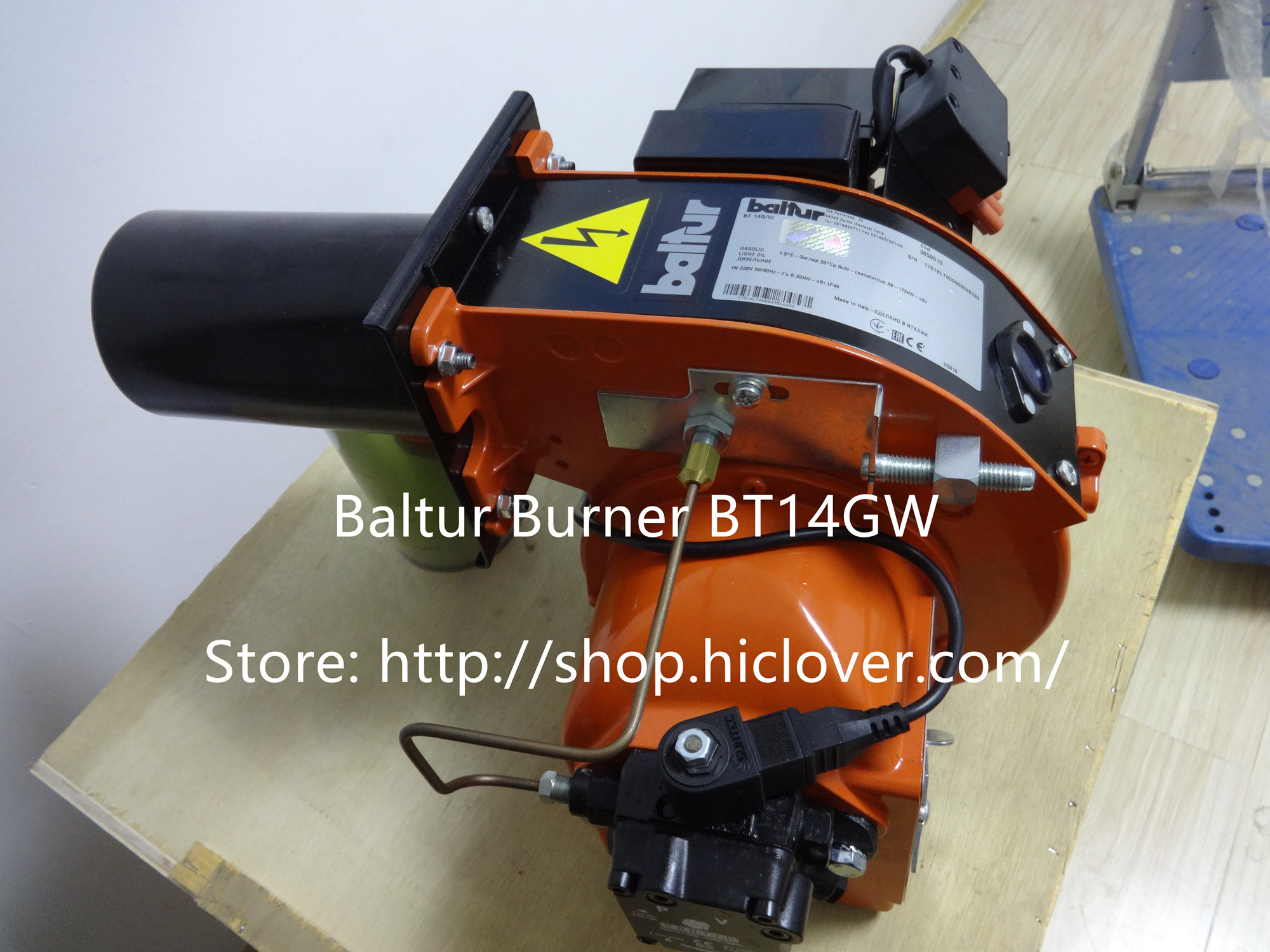Exploring the Benefits and Drawbacks of Waste Incineration- what is incineration of waste

Waste incineration, also known as waste-to-energy, is a process in which municipal solid waste is burned at high temperatures to produce electricity and heat. While this method has been used for decades as a way to benefit from waste and reduce the amount of garbage that ends up in landfills, there are both benefits and drawbacks to consider when it comes to waste incineration.
One of the main benefits of waste incineration is its ability to reduce the amount of waste that ends up in landfills. Landfills are not only unsightly and take up valuable land, but they also produce harmful methane gas as organic waste decomposes. By incinerating waste instead of burying it, we can reduce the amount of space needed for landfills and reduce the amount of harmful gases released into the atmosphere.
Additionally, waste incineration can produce energy in the form of electricity and heat. This can help reduce our reliance on fossil fuels and lower greenhouse gas emissions, as incineration produces less carbon dioxide per unit of electricity generated compared to coal-fired power plants. Waste-to-energy facilities can also help offset the costs of waste management, as they can sell the electricity and heat produced to the grid.
However, there are also drawbacks to waste incineration that must be considered. One of the main concerns is air pollution. While modern waste-to-energy facilities are equipped with advanced pollution control technologies to reduce emissions, burning waste still releases pollutants such as nitrogen oxides, sulfur dioxide, and particulate matter into the air. These pollutants can have harmful effects on human health and the environment.
Another drawback is the potential for toxic ash to be produced during the incineration process. The ash leftover from burning waste can contain heavy metals and other toxic substances that must be properly disposed of to prevent contamination of soil and water sources. There are also concerns about the release of dioxins and furans, which are highly toxic compounds that can be formed during the combustion of certain materials.
In conclusion, waste incineration can be a beneficial method for managing waste and producing energy, but it is important to carefully consider and mitigate the potential drawbacks. This includes investing in advanced pollution control technologies, properly disposing of toxic ash, and monitoring emissions to ensure they are within acceptable limits. By balancing the benefits and drawbacks of waste incineration, we can make informed decisions about how to best manage our waste while protecting human health and the environment.